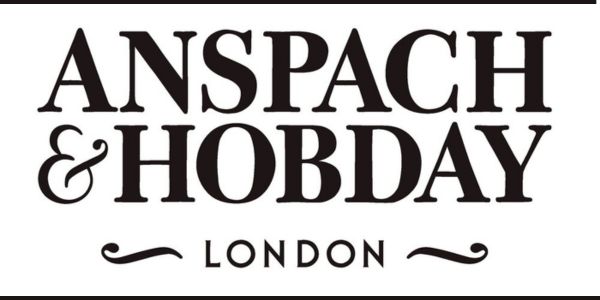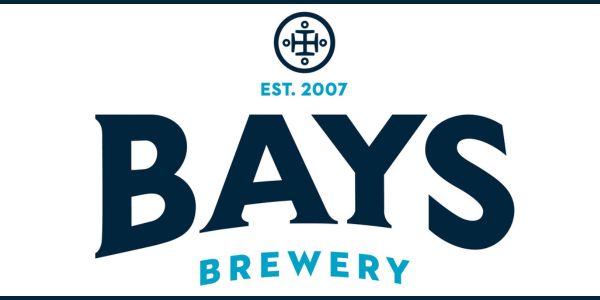Cutting business rates relief from 75% to 40% from April 1st will mean thousands of companies will see bills rise by 140% or more in the year ahead.

That’s the view of Colliers, who have calculated that the average pub will see its rates bill go up from £4,017 to £9,642 a year.
The Conservative government introduced the Retail, Hospitality, and Leisure Relief Scheme in November 2022 to cushion the sector from high rates bills that many could not afford.
The scheme provided eligible properties with 75% business rates relief up to a cash cap of £110,000 per business. However, the new Labour chancellor announced this would be reduced to 40% in the Autumn Statement last year.
Numbers of pubs are already at an all-time low following more than 400 closures in 2024 — that’s some 34 a month. According to analysis by insolvency specialists Price Bailey, more than one in ten British pubs are in imminent risk of closure this year.
“The government has said it will help the retail, hospitality, and leisure (RHL) sectors by introducing a lower multiplier for those who have up to now received reliefs,” said Colliers head of business rates, John Webber.
“However, we question how helpful this will be since this won’t be implemented until April 2026 and will coincide with the 2026 revaluation, where RHL rateable values are expected to rise in line with rental growth, resulting in rates higher bills. Meanwhile businesses still have the year ahead to face, in which the current reliefs will be slashed with no other cushion for businesses.”
He added: “The RHL sector has already been hit for six with the increases in employer National Insurance contributions, increases in the minimum wage, and increased inflation. Many businesses are now considering their options, and some won’t survive. For the government to add these extra business rates costs on top just now beggars belief.
Labour said if it came into power, it would ‘save the High Street’. This slashing of reliefs will sadly do just the opposite — as we’ll sadly see when the bills drop through the letterbox in the month ahead.”










